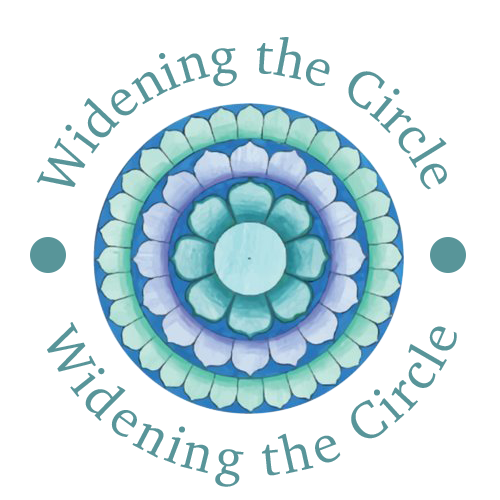Widening the Circle explores a valuable tool for faith-based schools committed to serving all learners: the program audit.
Why a Program Audit?
Imagine embarking on a grand adventure. You wouldn't just jump in a car and hope for the best, right? You'd check the map, pack essential supplies, and maybe even research the best route. A program audit for special education services operates similarly. It's a comprehensive review that helps us assess our current strengths and identify areas for improvement, ensuring we're equipped to effectively serve students with disabilities.
What Does a Program Audit Look At?
Think of a program audit as a three-part journey:
Policies, Procedures, and Protocols: The audit examines our school's existing policies and procedures related to special education. This includes things like identification processes, Individualized Education Program (IEP) development, and professional development opportunities for teachers. It asks: Are our policies current and aligned with legal requirements and best practices?
Teacher Practices and Support: This part of the audit delves into how teachers are equipped to support students with disabilities in the classroom. It might involve observing teacher-student interactions, reviewing lesson plans for differentiation strategies, and exploring if teachers have access to ongoing professional development in evidence-based practices. Here, we ask: Are teachers receiving the support and training needed to effectively use strategies that benefit all learners?
Student Outcomes: Ultimately, the success of any program rests on its impact on students. The audit might look at student performance data, IEP goals and progress monitoring, and feedback from parents and teachers. We ask: Are students with disabilities making progress toward their academic and social-emotional goals?
Benefits Beyond the Basics
A well-conducted program audit offers numerous benefits:
• Improved Services: By identifying areas needing improvement, we can tailor our programs to better meet the unique needs of students with disabilities.
• Increased Collaboration: The audit process often involves teachers, administrators, and specialists working together, fostering a collaborative spirit and shared responsibility for inclusion.
• Stronger Partnerships: Program audit findings can be a springboard for communication and collaboration with families of students disabilities.
Taking Action: Launching Your Program Audit
There are several ways to initiate a program audit:
• Internal Audit: Assemble a team within your school with expertise in special education and curriculum development.
• External Audit: Consider hiring an outside consultant with specialized knowledge and experience in program audits for faith-based schools.
• Diocesan or Network Resources: Check with your diocese or network. They might offer program audit resources or support.

